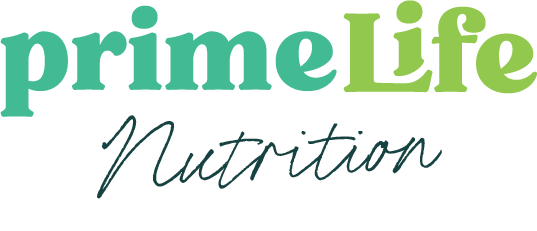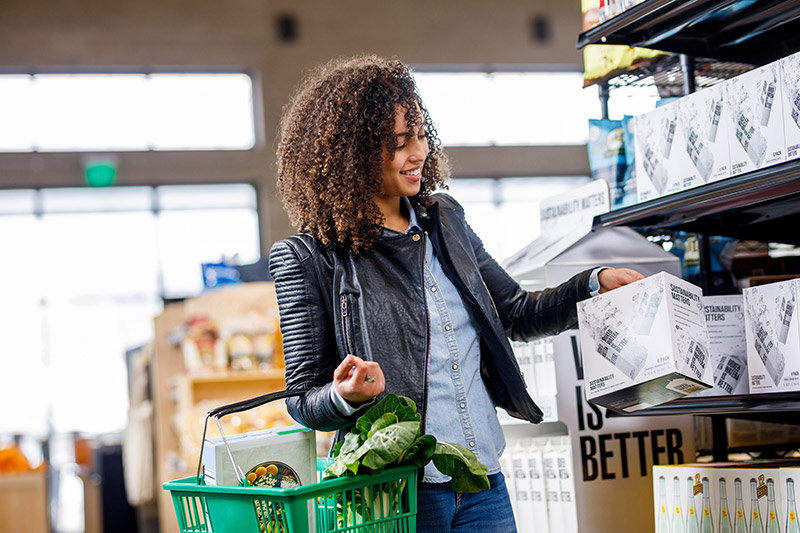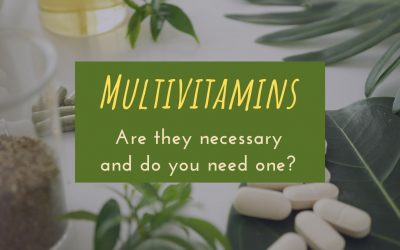When you head to the grocery store, do you go with a plan, a list, or an agenda? This can help keep you on track, but most grocery stores are counting on you browsing and buying more than you need. They have many methods in place that persuade you to add extra items to your cart that you didn’t plan on buying. Before you know it, a trip that should’ve cost about $130 ends up costing closer to $250-300! Sounds like Target trips, am I right? Check out the top ten tricks the grocery store puts in place to get you to buy more than you need.
- The Atmosphere
Grocery stores want you to walk into a bright and inviting store. This is why the produce is front and center when you enter. It’s colorful, bright, and boosts your mood. You’ll often see the floral department or bouquets of flowers in the front entrance as well. How do flowers not brighten your mood? Another quick trick is one you hear and not visualize. The music they play in the store is made to be upbeat and make you feel good. If we know anything, we know that when we’re in a good mood, we’ll end up buying more.
- Layout of the store
Ever heard the advice to stick to the perimeter of the store for healthy foods? Well, this is also where the higher ticket items are. Fresh produce, meats, fresh dairy, and seafood are all on the perimeter of the store and ironically the more expensive items as well. They also strategically have the bathrooms and staple foods items like bread, milk and eggs in the back of the store so you’ll walk through the whole store to get to them. They’re counting on you adding more items to your cart while walking to the back of the store.
- Reducing the price by a penny
If you look at something that’s $4.00 versus something that’s $3.99, you perceive the $3.99 item to be cheaper. It’s been researched many times that lowering the price by just a penny persuades customers to buy it. Although we know that it’s a $4 item, we’re more likely to buy it seeing the 3 in front of it rather than the 4.
- Giving percentages off rather than dollars
Using percentages off makes an item seem like more of a deal rather than giving a certain dollar amount off. If a steak is $20, most stores will advertise that it’s 20% off rather than giving $5 off. Twenty percent off is only $4 off the purchase price, even though the number of the discount is higher. So although it seems like a better deal, it may not be as great as you think!
- Buzzwords
They work everytime! Putting certain words on packages automatically makes us perceive it as healthy. Seeing “gluten free”, “all natural”, “high protein”, “keto”, “paleo”, “low fat” are just a few of the buzzwords that we see on foods. These don’t necessarily make foods a healthy option, but what they will do is increase the price. You’ll end up spending more on something that you may not have needed, but because it looks healthier, you just have to try it!
- Bo-Go Items
Buy-one-get one free always seems like such a great deal. However, that food or drink is overpriced and then listed as “bo-go” to get you to buy two rather than one. Companies set the price to cover the 50% off and also make a profit. So next time you see this deal, think about whether or not you really need two and if it’s actually a good deal.
- Increasing Demand
Creating a false sense of urgency is a great way to create demand. When you see “limited time”, “limited release”, “new flavor”, “while supplies last” and “single-batch” you’re most likely to grab it because it’s new and something that may not be there the next time you come back. The stores are counting on you wanting to try the newest item or flavor so you grab it while you can.
- Product Placement
Every item that’s placed on the shelves is placed with intention. Ever notice that the store-brand items are often on the bottom, name brand is in the middle of the shelves and the highest priced items are towards the top? Consumers are more likely to grab the foods at eye level or higher, so the cost of the foods you buy are just a little bit higher than store-brand.
- Check-out line grabs
The check-out line always has candy, gum, and snacks at the ready so you can grab a pack of gum or that sweet treat you’ve been craving. These items are purposely put at arms-reach of kids in the cart so they can grab it as well. Just another way to increase your spending amount, even by a candy bar.
- Paying virtually
Credit cards and apple pay have made it SO much easier to swipe or scan and everything is paid for. This ease of payment makes the cost of the bill seem unimportant and something we don’t even think about. If you were to pay in cash and have to count it out, it makes it feel much more real. The easier it is to pay, the less we’re likely to pay attention to how much we’re spending.
Next time you hit the grocery store, make sure to have a list of items, stick to the list and try not to be persuaded by buzzwords. Of course there’s always that one thing you want to try or that grabs your attention, but now you can be more aware of some of the tactics stores are using. Moral of the story here is grab the foods that interest you, but if you’re trying to stick to a budget, beware of these strategies!






0 Comments